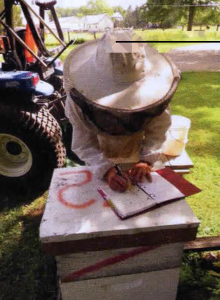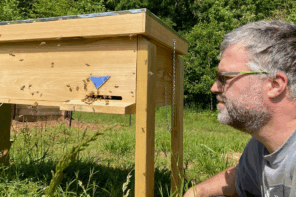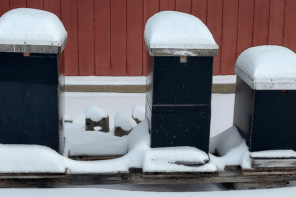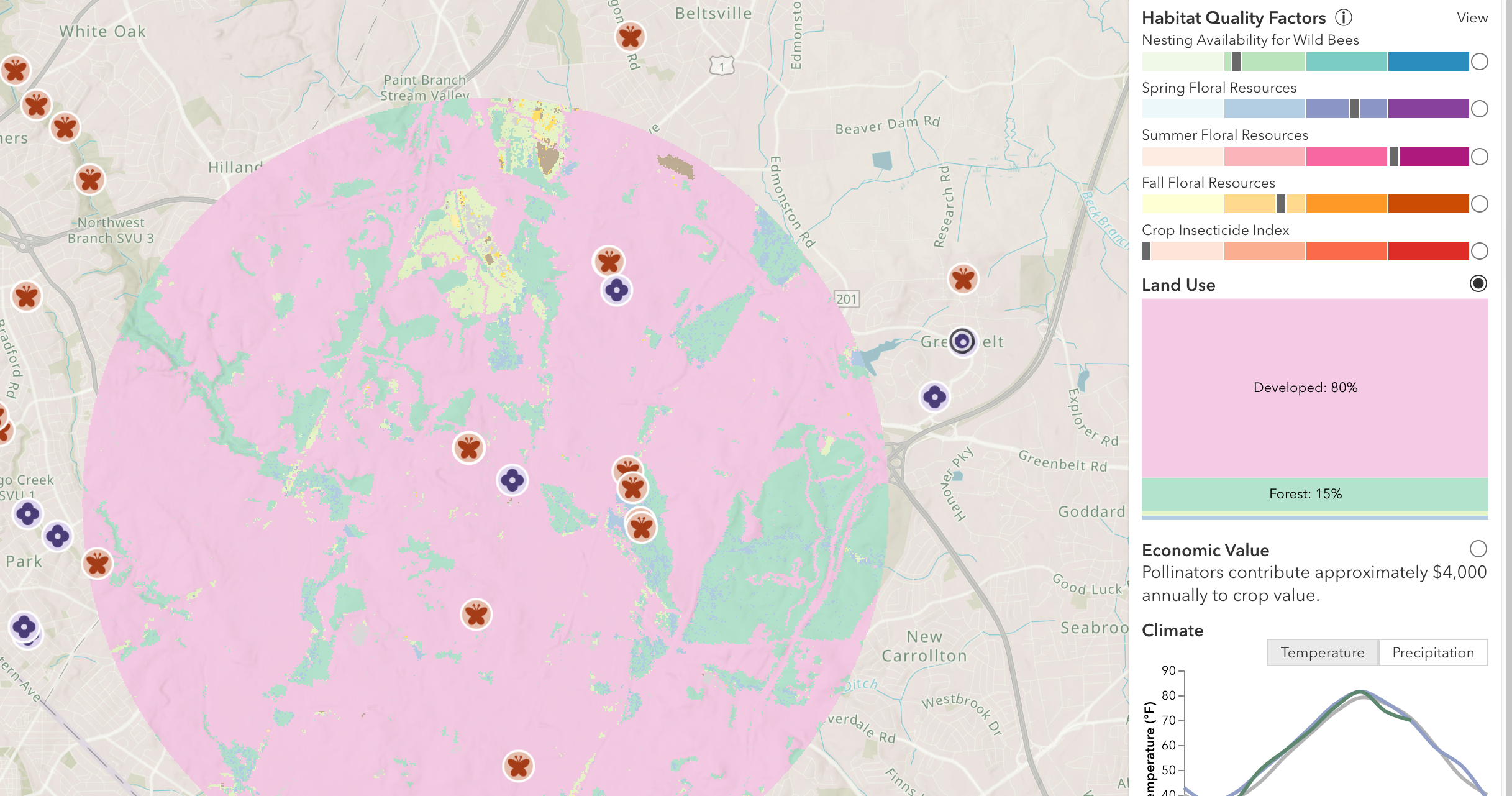By: Ann Harman
 1. Want to be a beekeeper? Sign up for classes at a local beekeeping club.
1. Want to be a beekeeper? Sign up for classes at a local beekeeping club.
2. Check your equipment needs for the upcoming bee season.
3. . Take advantage of January sales from beekeeping supply companies. Order early for quick delivery.
4. When weather permits, check if bees have enough stored honey.
5. When weather permits, check the queen’s performance. If poor, plan to requeen.
6. Planning on requeening this Spring? Order queens for delivery at appropriate time for your area.
7. Clean up beeyard from any winter stormy weather.
8. Heavy rains or freeze/thaw can cause hives to tilt. Straighten them.
9. When weather permits, inspect hive. If bees are still clustered, do not disturb cluster.
10. Clean off bottom board, solid or screen, to remove debris and dead bees.
11. Normal bee death is 50 to 100+ per day. If you have a dead colony, block the entrance to prevent robbing.
12. If you have a dead colony, have an experienced beekeeper or local bee inspector help determine the cause.
13. Plan your varroa control program for the year.
14. Keep up small hive beetle control.
15. Learn the nectar and pollen sources in your area.
16. Learn the nectar flow time for your area to know when to put honey supers on.
17. Monitor trees and other plants for blossoms. Watch incoming bees at hive entrance. Look for ones carrying pollen.
18. Feed sugar syrup, 1:1 by volume or weight, to stimulate egg laying by queen.
19. Keep records of colony performance and needs.
20. Plan your program of swarm prevention.
21. Always wear your veil.
22. Attend meetings of your local beekeeping club.
23. Read, talk, listen.









